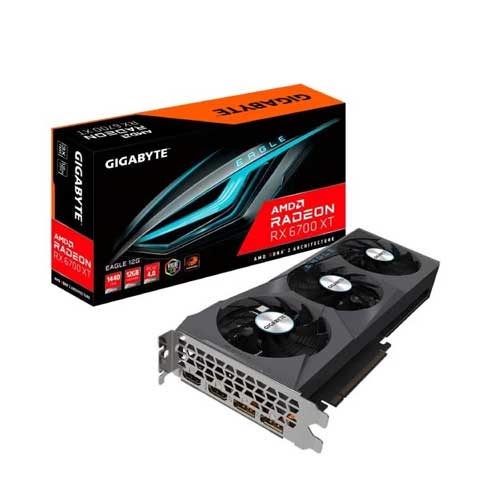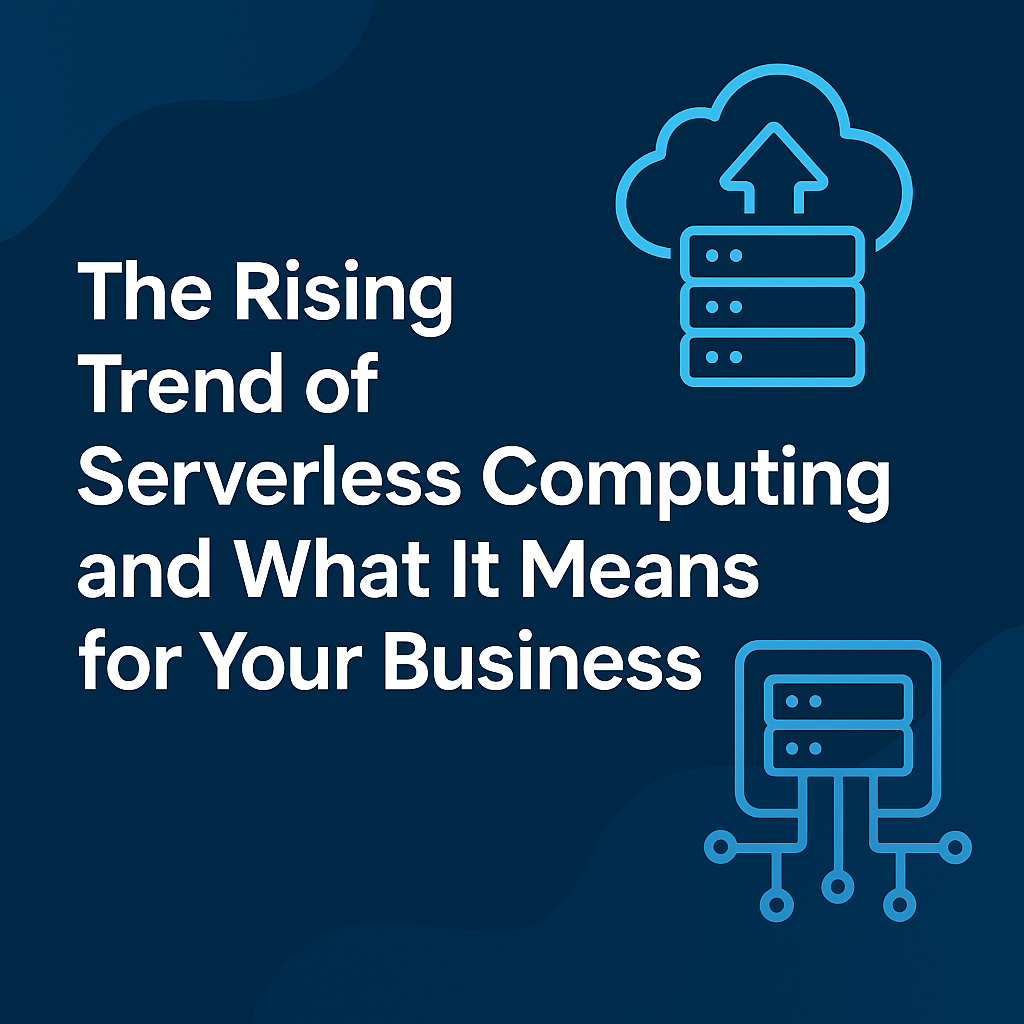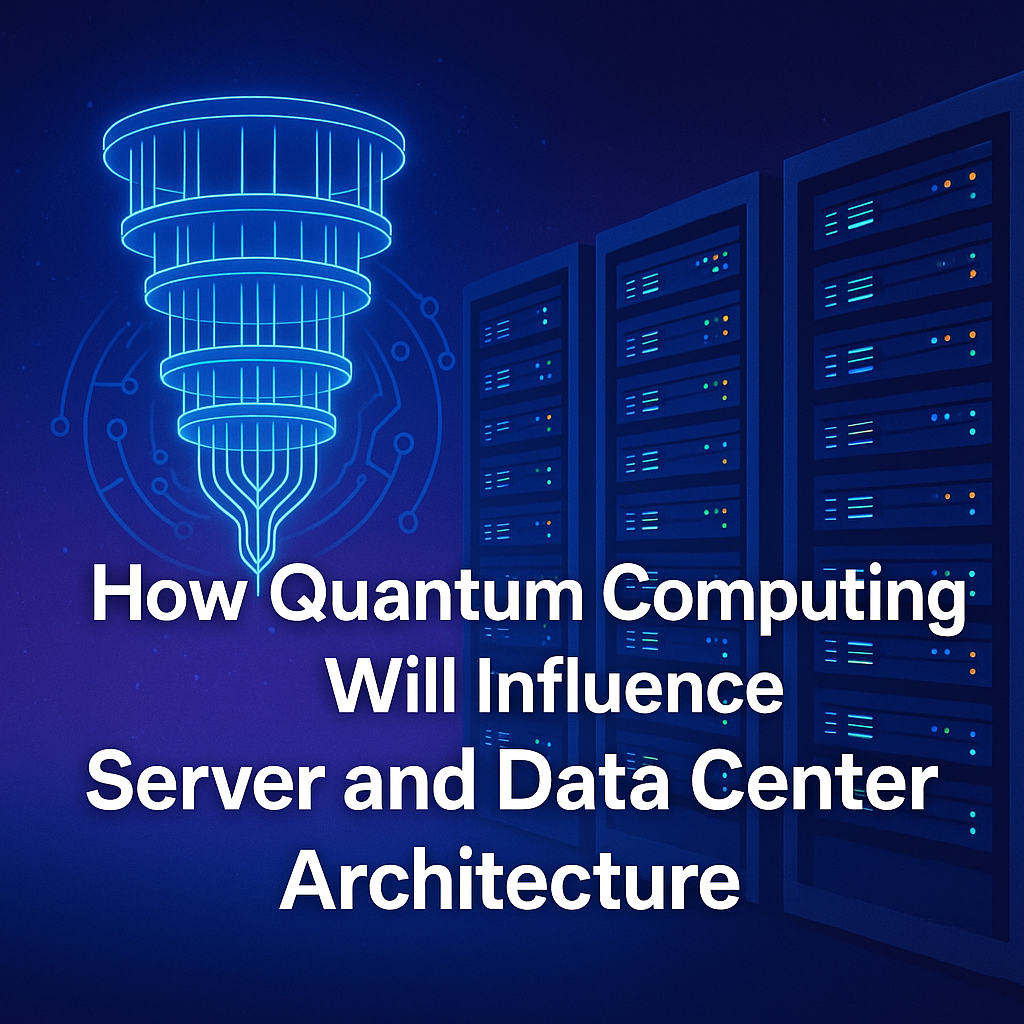
The healthcare sector is facing an unprecedented explosion of data. From Electronic Health Records (EHRs) and medical imaging to real-time patient monitoring and AI-driven diagnostics, the demand for high-performance, secure, and always-available server infrastructure has never been greater.
Unlike standard IT environments, healthcare applications demand not only storage and processing power but also real-time data accessibility, robust security, regulatory compliance, and zero tolerance for downtime. The infrastructure must handle massive datasets—sometimes spanning decades of patient history—while ensuring that critical applications like ICU monitoring, radiology, and emergency care run without interruption.
This blog dives into the technical and architectural considerations for setting up server environments tailored for data-intensive healthcare applications.
Compute Power: Handling Heavy Workloads with Confidence
Healthcare applications today are no longer just data repositories. They actively process, analyze, and visualize data in real time. AI models detect early-stage cancers, big data analytics identify population health trends, and monitoring systems track patient vitals 24/7.
To support this, your servers must offer significant compute capacity:
-
-
Multi-core processors (Xeon or EPYC) help handle multiple parallel tasks like simultaneous user queries, report generations, and real-time data streaming.
-
High-memory configurations (128GB and above) ensure smooth operation of database systems and in-memory analytics tools.
-
For AI workloads like image recognition or predictive diagnostics, GPU-accelerated servers (NVIDIA A100, H100) are essential for faster model training and inference.
-

If your hospital or clinic plans to integrate AI-based imaging or machine learning models, consider servers with dedicated Tensor Cores and high-speed interconnects like NVLink.
Storage Architecture: More Than Just Capacity
Healthcare generates multi-terabyte datasets. One patient’s imaging history over a decade can run into gigabytes or more.
Your server storage design should focus on three key principles: Speed, Reliability, and Redundancy.
-
-
For active patient data and critical EHR access, NVMe SSDs offer blazing-fast read/write speeds essential for minimizing latency during data retrieval.
-
For long-term storage of medical imaging and archives, HDD-based RAID arrays (like RAID 6 or 10) provide a cost-effective, redundant storage solution.
-
Implement hot-swappable drives to ensure that hardware failures don’t bring down the entire system.
-
Additionally, healthcare systems must often comply with data retention laws requiring records to be stored for 7 to 20+ years, making scalable and tiered storage architecture non-negotiable.
Networking: Supporting Real-Time Access and Zero Lag
Healthcare workflows are time-sensitive. A 5-second delay in accessing a patient’s critical lab results during surgery could have severe consequences.
A robust healthcare server network must support:
-
-
Low-latency internal communication between hospital systems (EHRs, lab systems, radiology equipment).
-
High throughput to manage large imaging files like MRIs and CT scans without delay.
-
VLAN segmentation to isolate sensitive medical devices from general network traffic, minimizing security risks.
-
For environments with remote diagnostic centers or telemedicine services, invest in redundant high-speed internet links and consider implementing software-defined WAN (SD-WAN) solutions for optimized traffic management.
Security: Safeguarding Patient Data and Maintaining Compliance
The healthcare sector is a prime target for cyberattacks, especially ransomware. Besides the ethical responsibility to protect patient confidentiality, healthcare organizations are legally bound to comply with strict regulations like HIPAA, GDPR, and HITECH.
Here’s how to architect server security for healthcare:
-
-
Encrypt all data both at rest and in transit using AES-256 and TLS 1.3 standards.
-
Implement Role-Based Access Control (RBAC) and enforce multi-factor authentication (MFA) for administrative access.
-
Conduct regular vulnerability assessments and keep all server firmware and software up to date.
-
Deploy intrusion detection systems (IDS) and security information and event management (SIEM) tools to monitor and alert on suspicious activities.
-
For API-level security—particularly when integrating with third-party labs or telemedicine platforms—use OAuth2, OpenID Connect, and token-based authentication frameworks.
High Availability and Disaster Recovery: Minimizing Risk of Downtime
Downtime in healthcare IT can compromise patient safety and delay critical diagnoses. Building high availability (HA) and disaster recovery (DR) into your server infrastructure is not optional.
Some key strategies include:
-
-
Clustering critical applications (like EHR databases or PACS servers) using active-active or active-passive failover configurations.
-
Setting up database replication across geographically distant data centers to ensure failover readiness.
-
Load balancing user requests across multiple application servers to avoid overloading any single node.
-
Implementing automated backup systems that run incremental and full backups at scheduled intervals.
-
Testing DR procedures regularly—quarterly at a minimum—to ensure recovery time objectives (RTO) and recovery point objectives (RPO) meet business continuity standards.
-

If budget allows, deploying in Tier III or Tier IV data centers with redundant power and network paths can drastically reduce risk.
Monitoring and Performance Management: Staying Proactive
In healthcare, waiting until something breaks isn’t an option. Real-time monitoring ensures you stay ahead of performance issues and security threats.
Your server monitoring system should track:
-
-
CPU, memory, and disk I/O utilization in real time.
-
Network bandwidth and latency statistics to spot bottlenecks.
-
Application performance metrics, especially for mission-critical apps like EHRs and RIS.
-
Log aggregation and analysis to detect unusual patterns or breaches.
-
Tools like Prometheus + Grafana, Netdata, and Zabbix are widely used in healthcare IT for real-time and historical analytics. For compliance, integrate SIEM platforms like Splunk or IBM QRadar.
Virtualization and Containerization: Maximizing Server Utilization
With hospital budgets tightening, maximizing server resource utilization is essential. Virtualization allows multiple isolated environments to run on the same hardware.
-
-
Use VMware vSphere, Hyper-V, or Proxmox for creating virtual machines (VMs) that host different healthcare applications securely on shared hardware.
-
For lightweight deployments, containerization with Docker and orchestration using Kubernetes (K8s) can help run microservices like appointment systems, analytics dashboards, and API layers efficiently.
-
This not only reduces hardware footprint but also makes scaling and updating individual services less risky.
Backup and Archival Strategies: Preparing for the Unexpected
Given healthcare’s strict data retention policies and the growing risk of ransomware attacks, robust backup strategies are essential.
Key recommendations:
-
-
Maintain at least three copies of data (3-2-1 Rule):
-
3 total copies
-
2 stored on different media
-
1 kept offsite or in the cloud
-
-
Automate incremental daily backups and full weekly backups.
-
Store critical data on immutable storage that prevents unauthorized tampering.
-
Use encryption for backup files and implement regular restore tests to ensure data integrity.
-
Cloud backup services like AWS S3 Glacier or Azure Backup Vault can serve as low-cost, long-term archive solutions.
Hybrid and Cloud Extensions: Expanding Capacity Without Compromising Control
While on-premise servers remain central to healthcare IT, many organizations now leverage hybrid architectures.
Examples:
-
-
Storing anonymized research data in the cloud for AI training.
-
Running disaster recovery environments on cloud-based infrastructure.
-
Using cloud-based PACS extensions for image sharing with external consultants.
-

However, it’s critical to ensure that Protected Health Information (PHI) stays compliant with data residency and privacy laws when integrating cloud services.
Use tools like AWS Direct Connect or Azure ExpressRoute for private, low-latency connections between on-premise servers and cloud environments.
Conclusion: Investing in Infrastructure That Protects Lives and Data
Server infrastructure in healthcare is not just a technical asset—it’s a lifesaving foundation. Every second of uptime, every transaction processed, and every diagnostic image retrieved could directly impact patient outcomes.
Investing in robust, scalable, and secure server infrastructure ensures:
-
-
Doctors and nurses have real-time access to critical patient data.
-
Radiologists process high-resolution images without delay.
-
AI algorithms detect health anomalies quickly and accurately.
-
Administrators meet compliance, security, and disaster recovery mandates with confidence.
-
As data volumes grow and care delivery models become more digital and patient-centered, healthcare organizations that prioritize infrastructure readiness will lead the way in safety, efficiency, and innovation.
"In healthcare IT, performance and uptime don’t just protect data—they protect lives."














